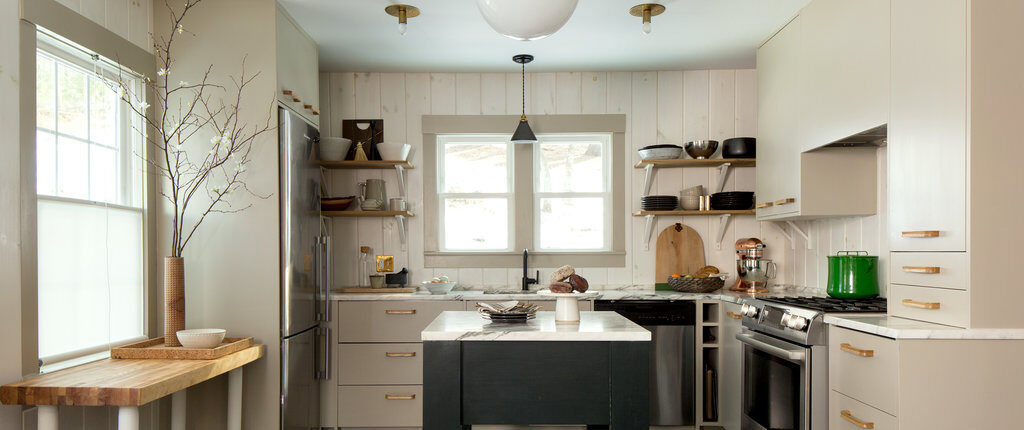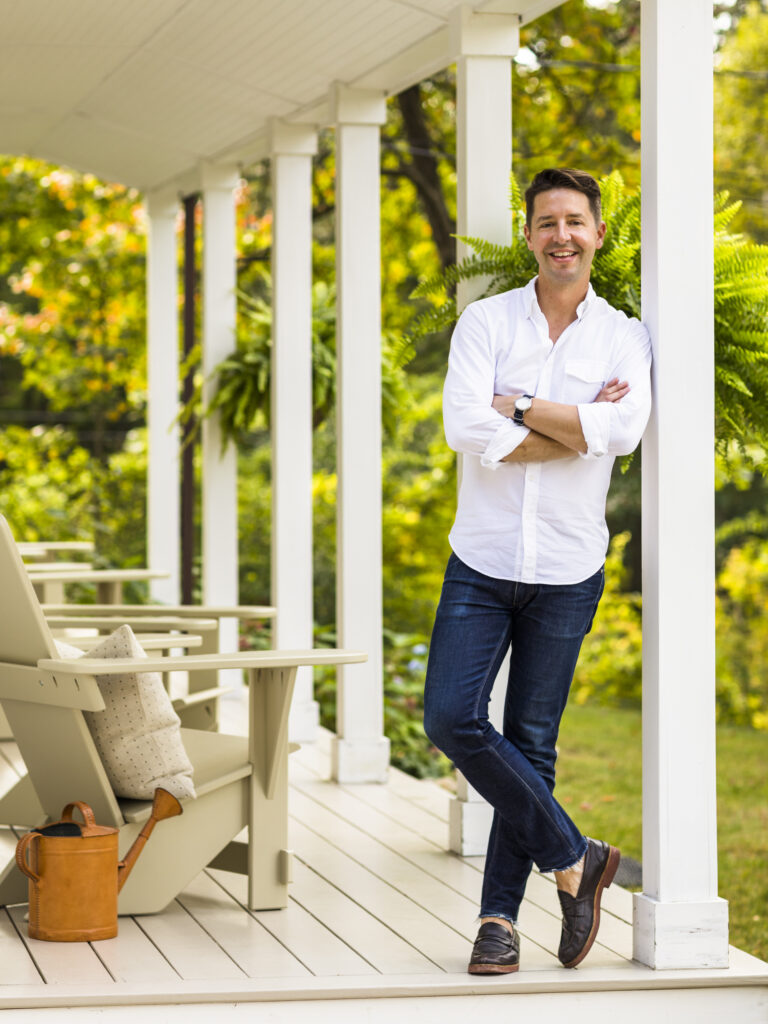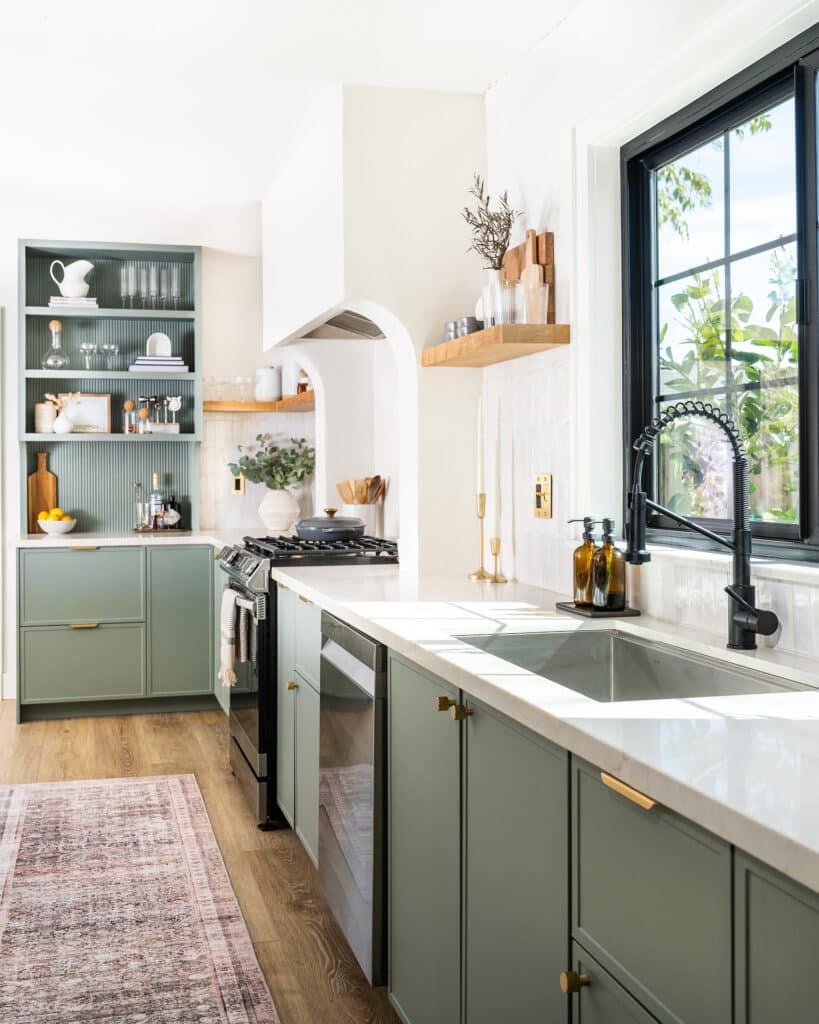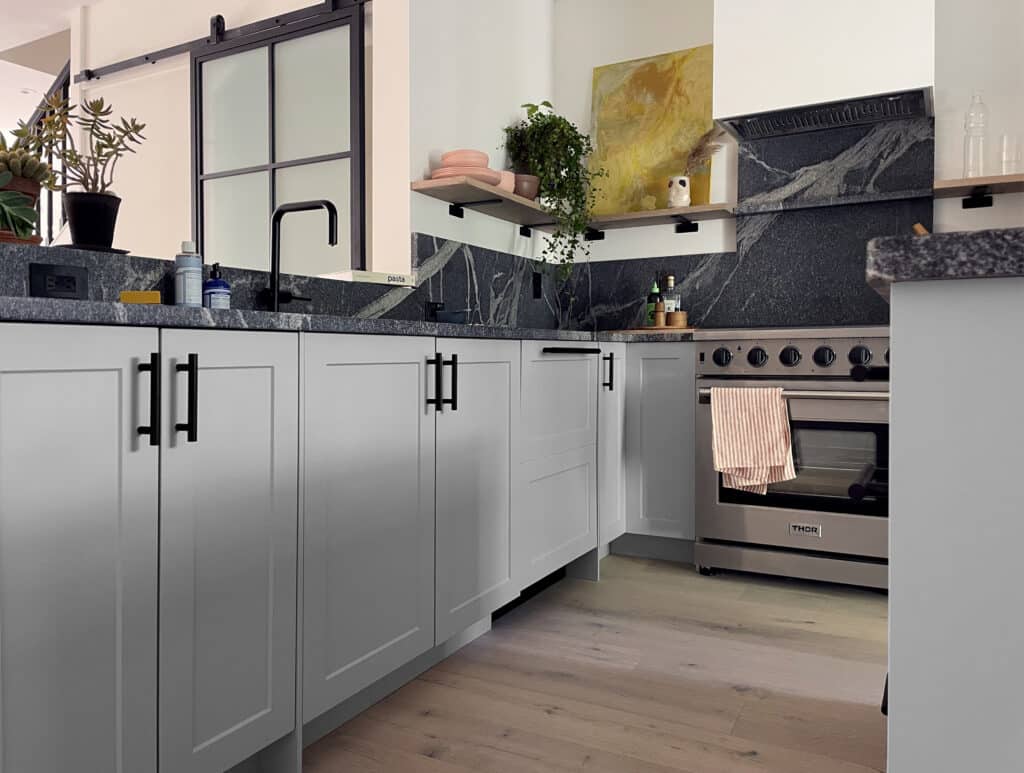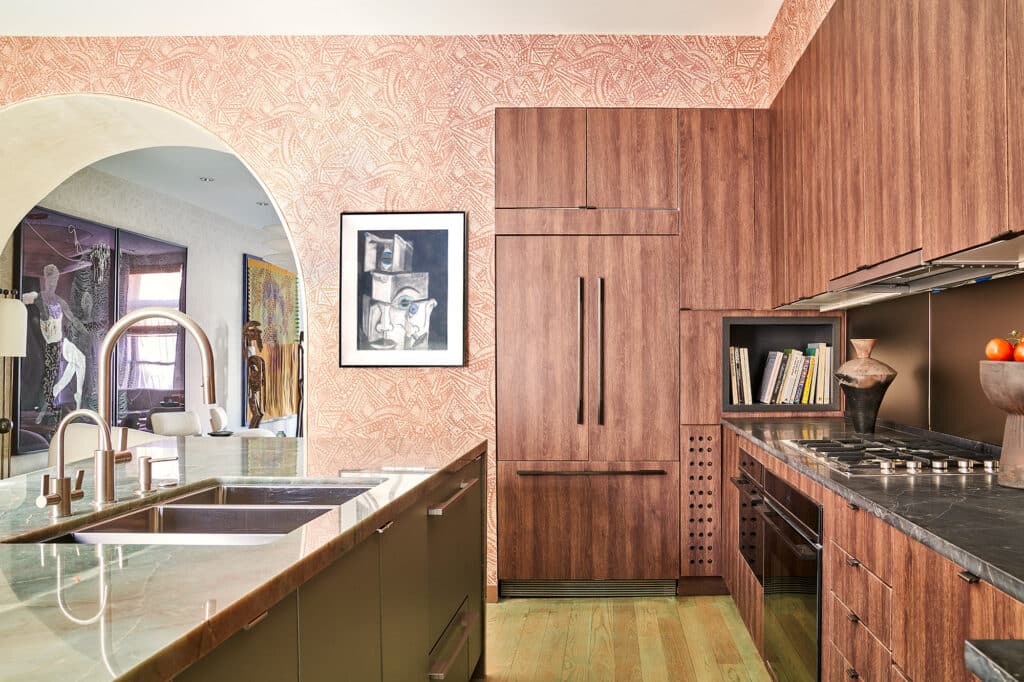The kitchen has long been considered the heart of the home, but it’s a sentiment that’s never felt more true now.
As we’ve all retreated into our homes, gathering for more home-cooked meals, it’s become clear just how much we rely on these spaces day in and day out. “The most important thing about a kitchen is that it must function,” says interior designer Kevin Dumais. And when you spend enough time in your own space, any functional flaws become glaringly obvious.
But don’t resolve yourself to living with the space just because you think a renovation isn’t in the budget. “A well designed, compelling space doesn’t have to be expensive,” says Dumais. “A good space needs a bit of thought, some careful curation, and most importantly should express your personality.”
Before you get to the fun stuff—picking out hardware, appliances, and even paint colors—Dumais recommends considering how you want the space to function. Are there two chefs in the home or just one? How many items do you need and use daily? Are you neat as a pin and like to show off your gleaming appliances, or do you prefer hiding things away? If you have the luxury of moving the appliances to fit your ideal working arrangement, keep in mind that the sink, stove, and fridge should be in a triangular layout.
Once you’ve really considered functionality, you can begin to have fun designing the space to suit your style. Even if your taste is high and your budget is low, here’s how to get the elevated look you’re after:
Pay attention to countertops
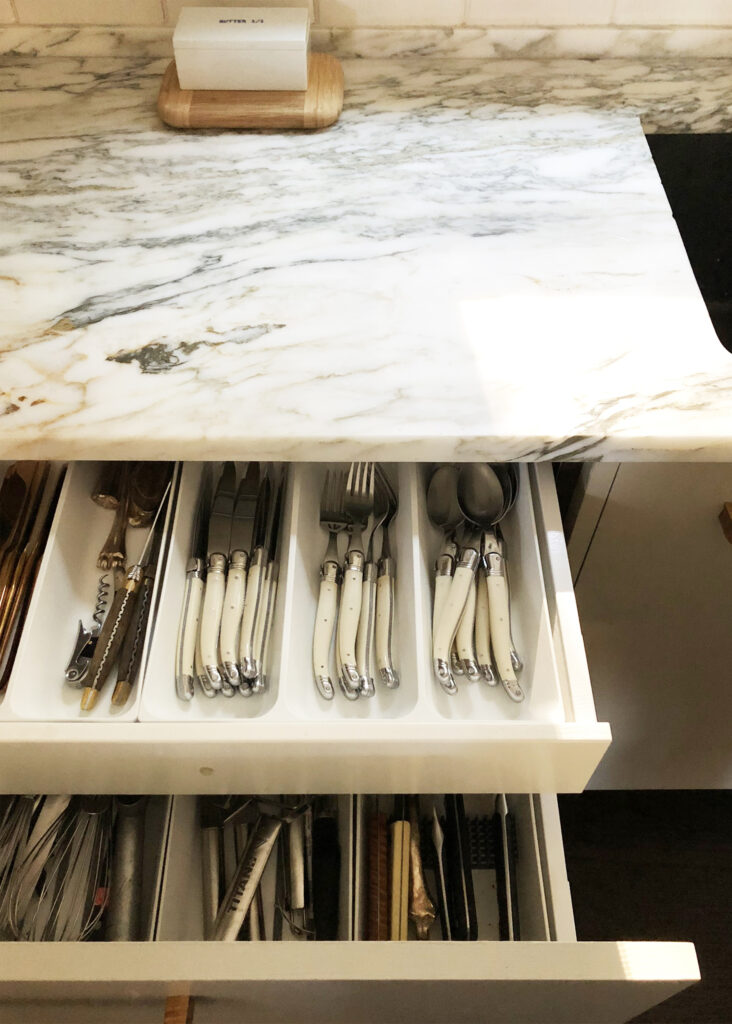
These can make or break the kitchen, so it’s a good place to invest, says Dumais, who splurged on Calacatta Tucci marble in his own Litchfield, Connecticut home. But here’s a trick to save a few bucks: The counters don’t have to be the same material throughout, so consider something practical like Quartz paired with a marble backsplash to elevate the solid surface. Or, if you have a large island, try breaking up the expanse with a bit of butcher block added at the seating areas, which will give you more flexibility with slab costs.
Think about the hardware
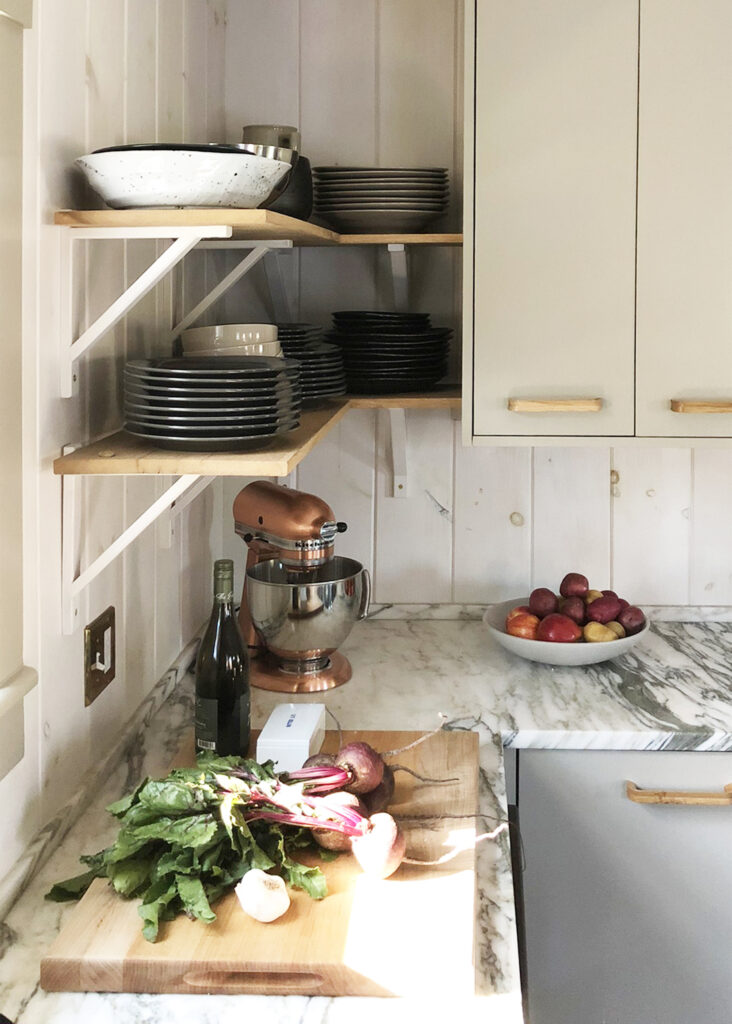
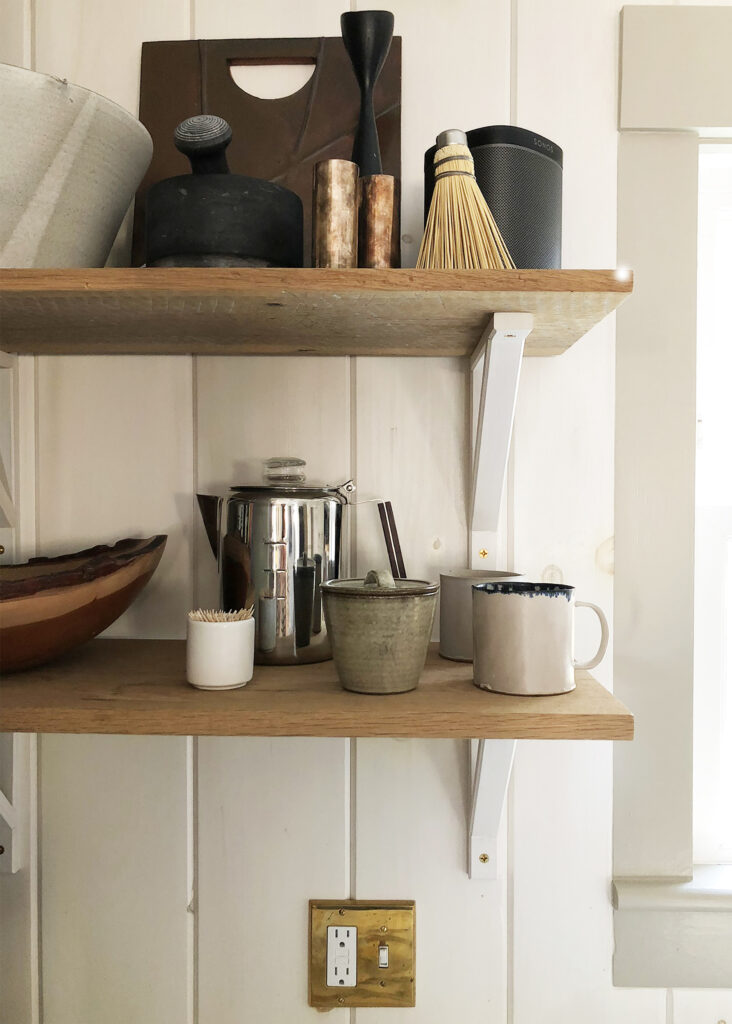
Many premade cabinet suppliers offer hardware, but it’s wise to consider something different than the standard pull. “A simple change in hardware can transform the overall aesthetic,” Dumais explains. His Semihandmade DIY Slab fronts are topped with White Oak Handles by Manzoni; “A plain front cabinet can feel more modern or traditional, glam or understated depending on what you choose.” Brass switch plates elevate the pine V-groove paneling backsplash. In his own kitchen, Dumais chose unlacquered brass from Classic Accents.
Paint your cabinets
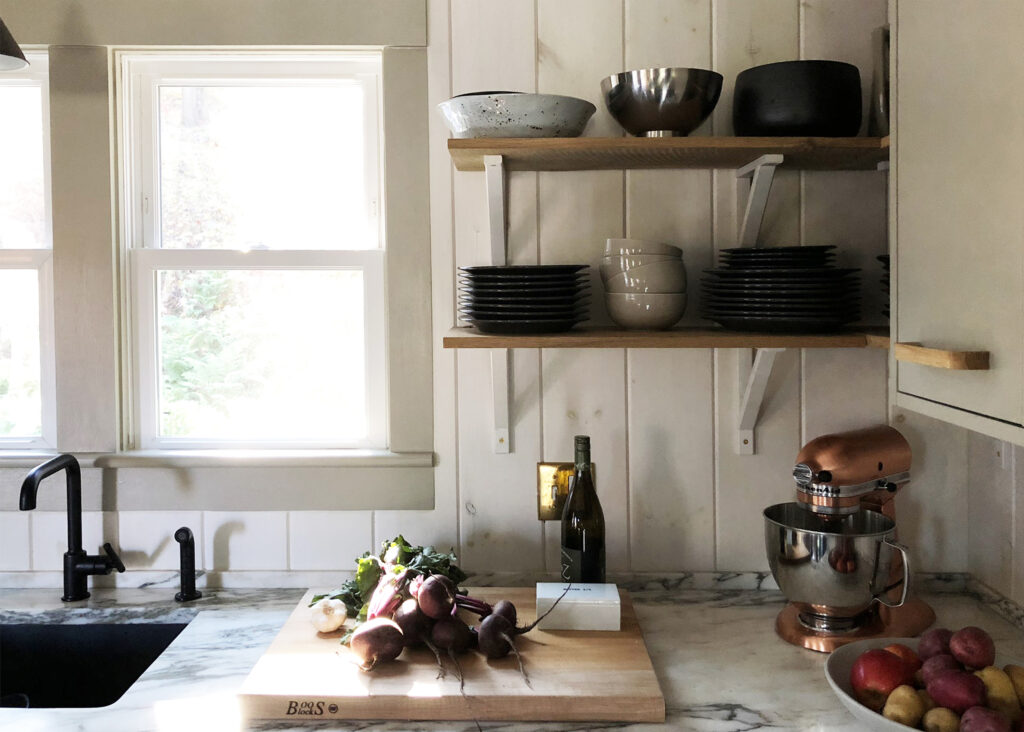
“Selecting your color and sheen will put your own personal touch on the kitchen and make the space feel unique to you,” says Dumais, who turned to Benjamin Moore’s Sag Harbor Gray for his cabinets. To do this, order fronts that are unfinished or primed for paint. You can be as subtle or bold as you’d like too—just be prepared for a project. “Painting cabinetry neatly is key,” he explains. “A bad paint job is like a bad hair dye, but you can’t put a hat on it. Use a good primer, sand between coats, and don’t rush.”
Layer your lighting
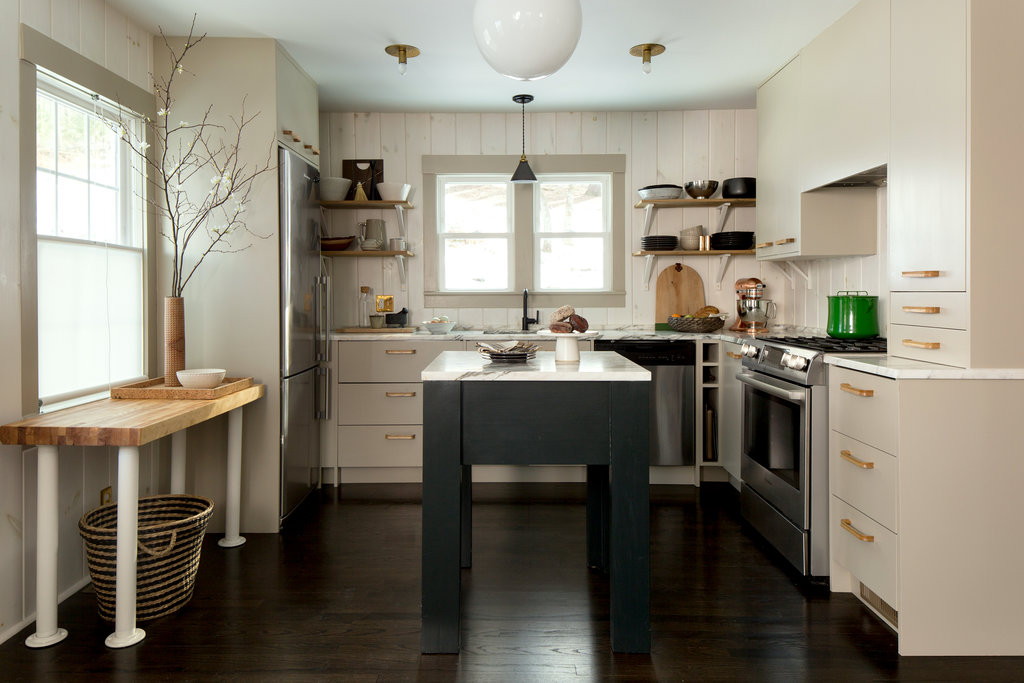
“A kitchen has many functions, and the lighting must be flexible,” says Dumais. “It needs to be bright for cooking and homework, but the lighting also must work for intimate dinners and entertaining.” Glowing pendants or surface mounts come in all price points and are perfect to add ambient light. (Dumais’ husband, Charlie, a lighting designer, was tasked with the lighting plan in their kitchen.) Accent lights or under-cabinet lighting are useful for illuminating task surfaces and elevating the aesthetic, while a small table lamp tucked onto a shelf or counter is a fun way to add personality. “Most importantly, install dimmers, so you can create a mood with warm dim light,” he says. “It’s also a good trick to disguise a sink full of dishes.”
Don’t forget the toe kicks
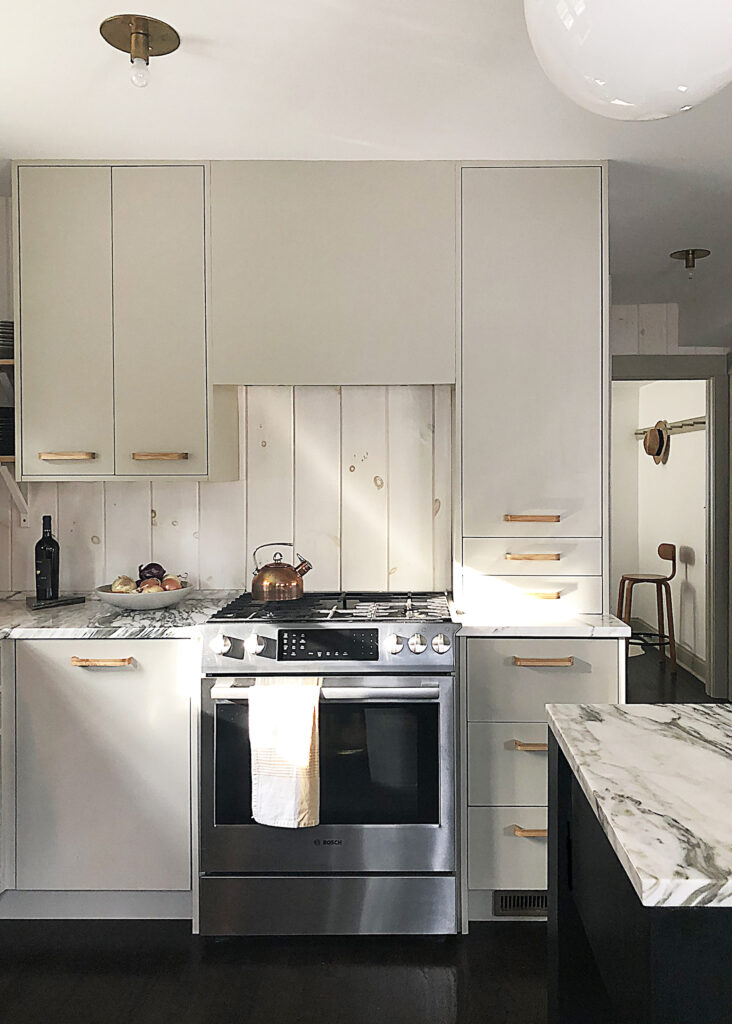
In his own Litchfield kitchen, Dumais opted for unfinished toe kicks and side panels from Semihandmade, then painted them to match the cabinet fronts. It was an important element in his studio, too. “We recently installed an IKEA kitchen in our studio, all black with black counters,” says Dumais. “We installed custom floating white oak shelves, and to visually lighten the weight of the cabinetry, we had our contractor install a toe kick of white oak that matched the shelves.” Why? Those little touches distract the eye, making the install feel more custom.




